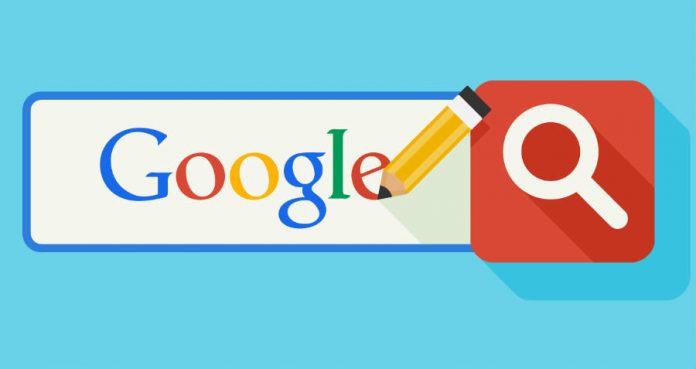
Google announced last Friday through an official blog post its new Fact Check tool would start appearing in Google Search results and Google News articles worldwide. The label shows the claim, the claimer, and a reliable source that corroborates the information.
The initiative first started last October in select countries, and after extensive peer review from both sites and users, the tech giant is taking a step forward and launching the feature globally.
It became more and more urgent to battle misinformation online after the U.S. Presidential Election came to a close. Throughout the campaign, fake news spread like wildfire and social platforms like Facebook and Twitter also vowed to double down efforts to combat this phenomenon.
How does Fact Check work?
The new feature requires users to do nothing, as it will simply show up on compatible results as a tag below the title and link to the site.
In traditional Google Search results, for example, a search query that is verifiable may prompt a snippet showing a statement, who made it, and a third party organization certified by Google that either confirms or denies the claim.
The tech giant has partnered up with Politifact and Snopes as key allies in the battle against fake news. These two organizations and anyone who debunks or ratifies a questionable claim made online will show up in Google as a fact-checking agent.
Politifact has risen as a trusted outlet that deals with all things politics in the U.S. and the world, while Snopes quickly went from general true-or-false gimmick site to a respected source that now fact-checks myriad rumors.
Google could potentially show fake fact checks
Because not everything can work perfectly, there are flaws in Google’s Fact Check design. The methods through which you can become a reliable callout publisher have loopholes that some organizations may exploit to push their fake news agenda.
Web sites must use one of two tools provided by Google to mark their content as a fact-checking resource. Downloading a small piece of software to flag your content is the first and easiest step of the process.
The second phase is passing the company’s filters and algorithm, which determine if you are an authoritative source on the subject matter. Clear this last hurdle, and your article may show up in a Fact Check snippet confirming or denying a claim.
“THIS INFORMATION WON’T BE AVAILABLE FOR EVERY SEARCH RESULT, AND THERE MAY BE SEARCH RESULT PAGES WHERE DIFFERENT PUBLISHERS CHECKED THE SAME CLAIM AND REACHED DIFFERENT CONCLUSIONS,” Google said.
It remains to be seen how Google will deal with agents that try to game the system to perpetuate their false claims online. In the meantime, organizations can start working on actually clearing out the web of fake news with articles approved by the tech giant.
Source: Google











Yes there are flaws. It’s new. Give it some time. And by the way, remind them you’re happy they’re trying.